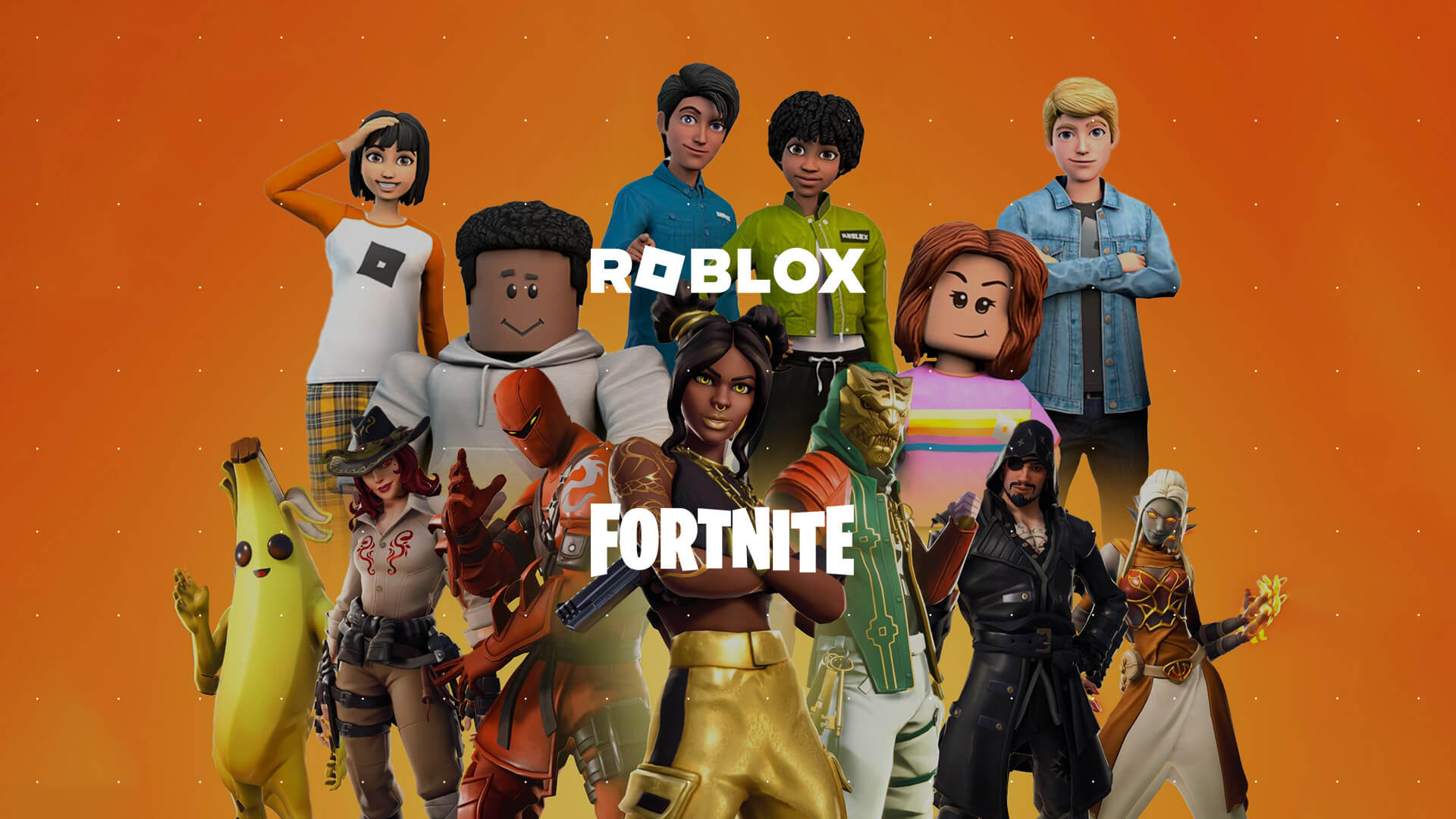Virtual Fitting Rooms: How Zara and H&M Are Reducing Returns and Boosting Sustainability

The fashion industry is increasingly turning to virtual fitting rooms and AI-powered avatars to address two major challenges: reducing product returns and promoting sustainability. By allowing customers to try on clothes digitally before purchasing, brands like Zara and H&M are not only enhancing the shopping experience but also minimizing waste and carbon emissions associated with returns and overproduction.
Zara’s AI-Powered Virtual Try-On
Zara has integrated augmented reality (AR) and AI-driven avatars into its app and in-store experience, enabling customers to see how garments fit, drape, and move on their digital twins. This technology uses 3D body scanning and generative AI to simulate real-world fabric behavior, such as stretch and wrinkles, providing a highly realistic preview. According to industry reports, Zara’s virtual try-on has led to a double-digit reduction in size-related returns, translating into significant logistics savings and a measurable decrease in CO₂ emissions tied to reverse shipping. The brand’s approach also includes smart mirrors in select stores, where shoppers can scan products and view holographic images of outfits paired with their preferences, further streamlining the decision-making process (DigitalDefynd, 2025; McMillanDoolittle, 2024).
“Our goal with these pilot campaigns is to learn and understand how customers engage with this new technology so that we can develop a seamless scalable solution for the future. We already see that the customer engagement with those campaigns increases and, in fact, around half of the customers try more than one size on the avatar”
Stacia Carr, ex vice-president for size and fit at Zalando.
H&M’s Digital Avatars and Virtual Fitting Rooms
H&M has adopted AI-generated digital avatars and 3D body scanning to create personalized virtual fitting experiences. In collaboration with technology partners like NeXR, H&M allows customers to scan their bodies in-store, create a digital avatar, and virtually try on garments from new collections. This initiative has been piloted in Germany and Japan, where it delivered a 24% increase in click-through rates and a 45% reduction in production costs by eliminating the need for physical samples and travel. The technology also supports H&M’s sustainability goals by reducing textile waste and aligning with the company’s Science-Based Targets for carbon reduction (DigitalDefynd, 2025; H&M Group, 2024).
But.. What about silkke?
While brands like Zara and H&M focus on virtual try-on for individual products, Silkke is taking the concept further by developing hyper-realistic Digital Humans precise, 3D avatars that replicate a person’s exact body measurements, skin tone, and facial features. This technology is designed to bridge the gap between virtual experimentation and real-world confidence, offering a seamless,sustainable, and personalized shopping experience.
"A survey of online shoppers shows that 62% never completed their purchases because there was no real-time customer service or support. That survey also shows that 90% of those shoppers wanted some sort of interactive assistance during the shopping process. Avatars, used in the right way, can fill this void at a fraction of the cost of hiring and training human salespeople and service employees."
Fred Miao, Ph.D., Professor of Marketing, John Merrill Endowed Professor in Consultative Sales
Precision and Personalization at Scale
Silkke’s capsule-based scanning system uses multi-sensor photography and AI-driven body mapping to create a Digital Human in minutes. Unlike traditional virtual try-on tools that rely on generic body models, silkke’s avatars are unique to each user, capturing even the subtlest details such as posture, muscle tone, and fabric interaction to ensure that virtual clothing fits just like physical garments. This level of precision reduces return rates by giving customers unparalleled confidence in their purchases, while also minimizing the environmental impact of fast fashion by curbing overproduction and unnecessary shipping.
A Sustainable Solution for Brands and Consumers
For fashion brands, silkke’s Digital Humans offer a scalable way to integrate virtual try-on into both e-commerce and physical stores. By providing customers with a realistic, interactive preview of how clothes will look and feel, brands can:
- Decrease return rates by up to 30% (based on early adopters’ data).
- Enhance customer loyalty through personalized recommendations and styling advice.
- Support sustainability goals by reducing textile waste and carbon emissions from returns.
For consumers, silkke’s technology eliminates the guesswork of online shopping. Whether trying on a couture gown or everyday wear, users can see exactly how each piece will fit their unique body shape, skin tone, and style preferences, all without stepping into a fitting room.
Why This Matters
Virtual fitting rooms and Digital Humans are more than technological novelties they represent a paradigm shift in retail. By bridging the gap between online convenience and in-store confidence, these tools empower consumers to make informed, sustainable choices while helping brands reduce operational costs and environmental impact. As the fashion industry continues to evolve, silkke’s Digital Humans are poised to become a cornerstone of the next generation of shopping, driving both customer satisfaction and eco-conscious innovation.

